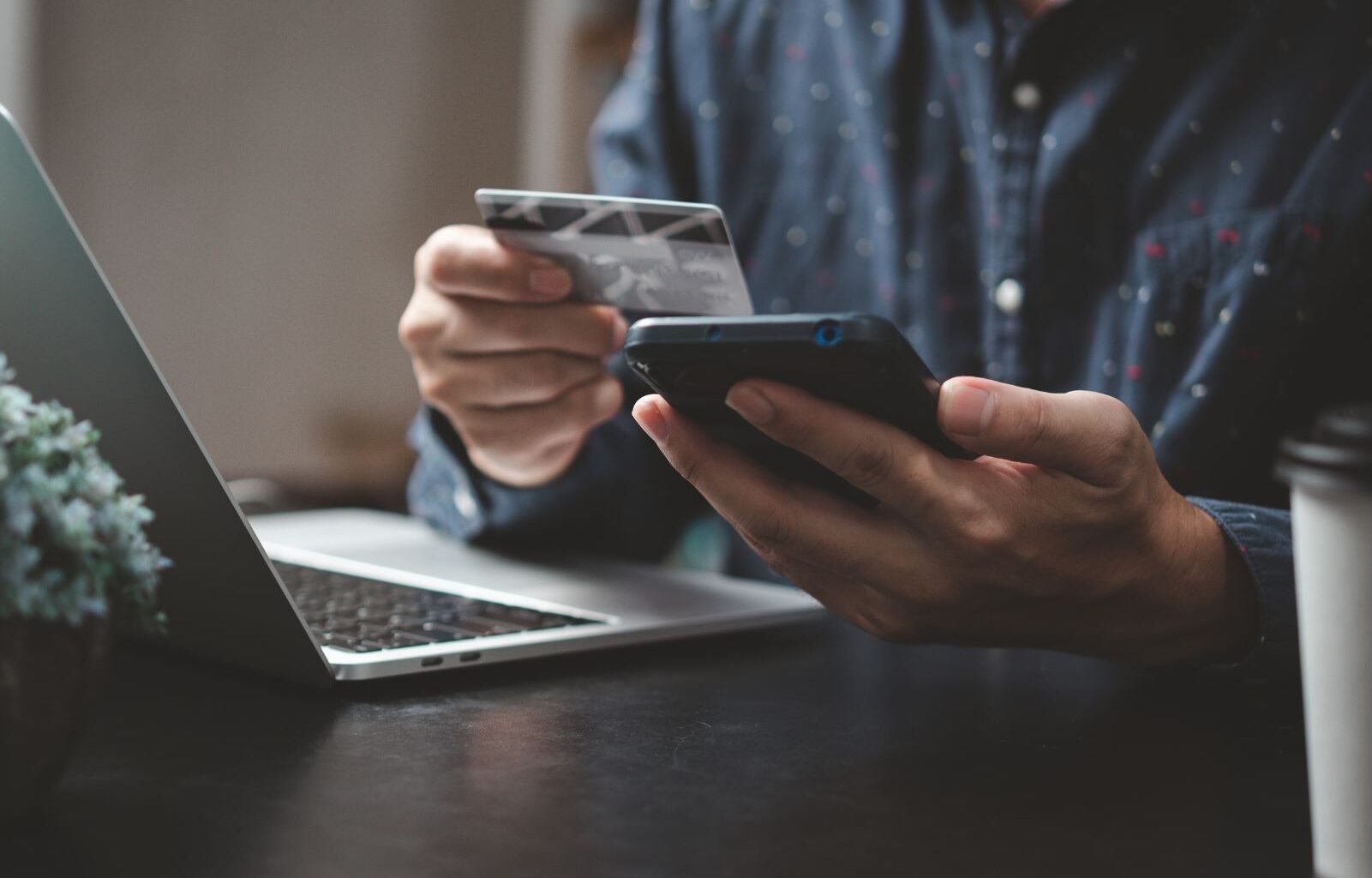Dolly Dy-Zulueta – Philstar.com
September 13, 2025 | 3:34pm
MANILA, Philippines — This is certainly the age when everybody — regardless of age, sex, social status, educational background, work experience, and race — uses the Internet worldwide.
In the Philippines alone, according to a 2024 report by digital solutions provider Meltwater, there are almost 87 million individuals who use the Internet and digital adoption continues to grow across all ages in the country.
Even older Filipinos have managed to keep up with the times and enjoy exploring the online world to connect with loved ones and friends, access information, and enjoy entertainment.
Somehow, they manage to navigate the online world safely and explore the perks and conveniences that it brings.
However, unlike younger generations, to whom the online world serves like second skin, more mature Internet users are worried about cybersecurity, especially when it comes to their own finances.
Thus, online banking is not something they welcome. To them, it looks more like an avenue for scammers to attack and hack them of their hard-earned money.
But while “phishing” and “malware” can be confusing, protecting oneself online does not always have to be complicated.
To help titos and titas and even lolos and lolas feel more confident and secure while using the latest that technology has to offer, here are four online banking security tips to follow.
You would be surprised at how even you, a certified techie and seasoned online “navigator,” sometimes overlook these simple security steps:
Enable biometrics whenever possible
Setting strong passwords is a crucial step when creating an online account, especially ones that are meant for online banking.
However, you can make your account even safer through the use of biometrics. Many banking apps now feature advanced security options using biometrics, such as fingerprint or facial identification technology.
Activate these features as soon as possible for added peace of mind. These ensure your accounts are tailored to be accessed by you alone and harder for others to breach.
Use official apps only and keep them updated
Before installing an app on your mobile device, double check if it is the official app of that company or service provider to help ensure that all your transactions will be secure and legitimate.
Apps also receive updates regularly from developers to fix bugs, reinforce security measures, or launch new features, so always check if the version you have is the latest one.
You can also enable automatic updates for your apps to make sure you always have the newest and most improved version of the app.
When in doubt, don’t click links
Scammers are getting more creative by the day, with their methods becoming more convincing and seemingly legitimate.
A common fraudulent method is called “smishing,” which has scammers making use of text messages to deceive people into disclosing personal information such as passwords, bank details, or login credentials.
Always keep in mind that the Bangko Sentral ng Pilipinas has mandated financial institutions to remove all clickable links in emails and SMS sent to customers.
Therefore, if you receive a message with a link, no matter how legitimate it looks, do not click on these links.
Log out after every use
Another simple yet sometimes overlooked step is to log out after every use.
After checking your account or wrapping up a transaction, always ensure that you log out of the banking app or website, especially if you’re on a shared or public device.
This helps prevent unauthorized access and can save you from unnecessary worry later on.
RELATED: Fight inflation: Where to put your savings so they grow faster
